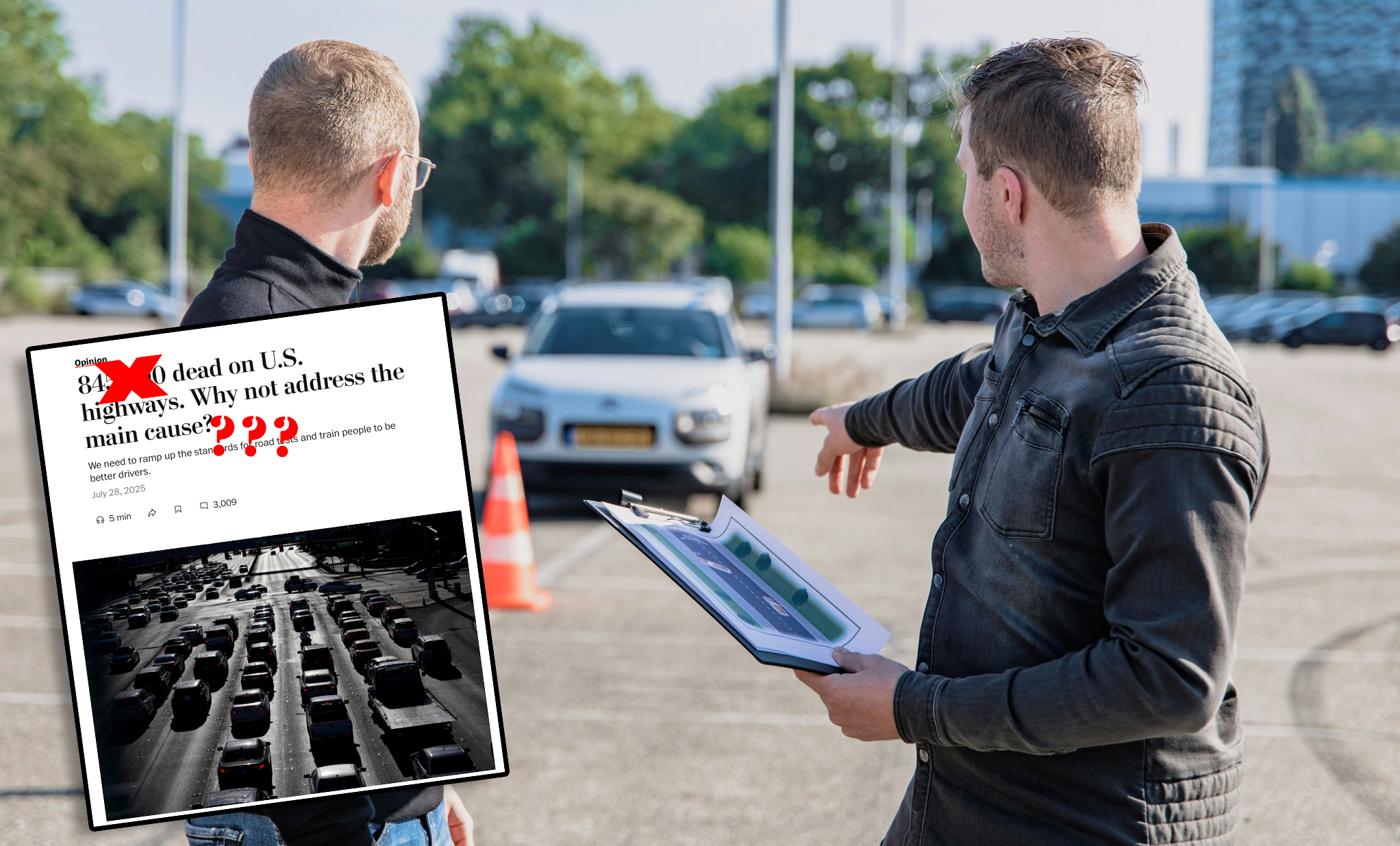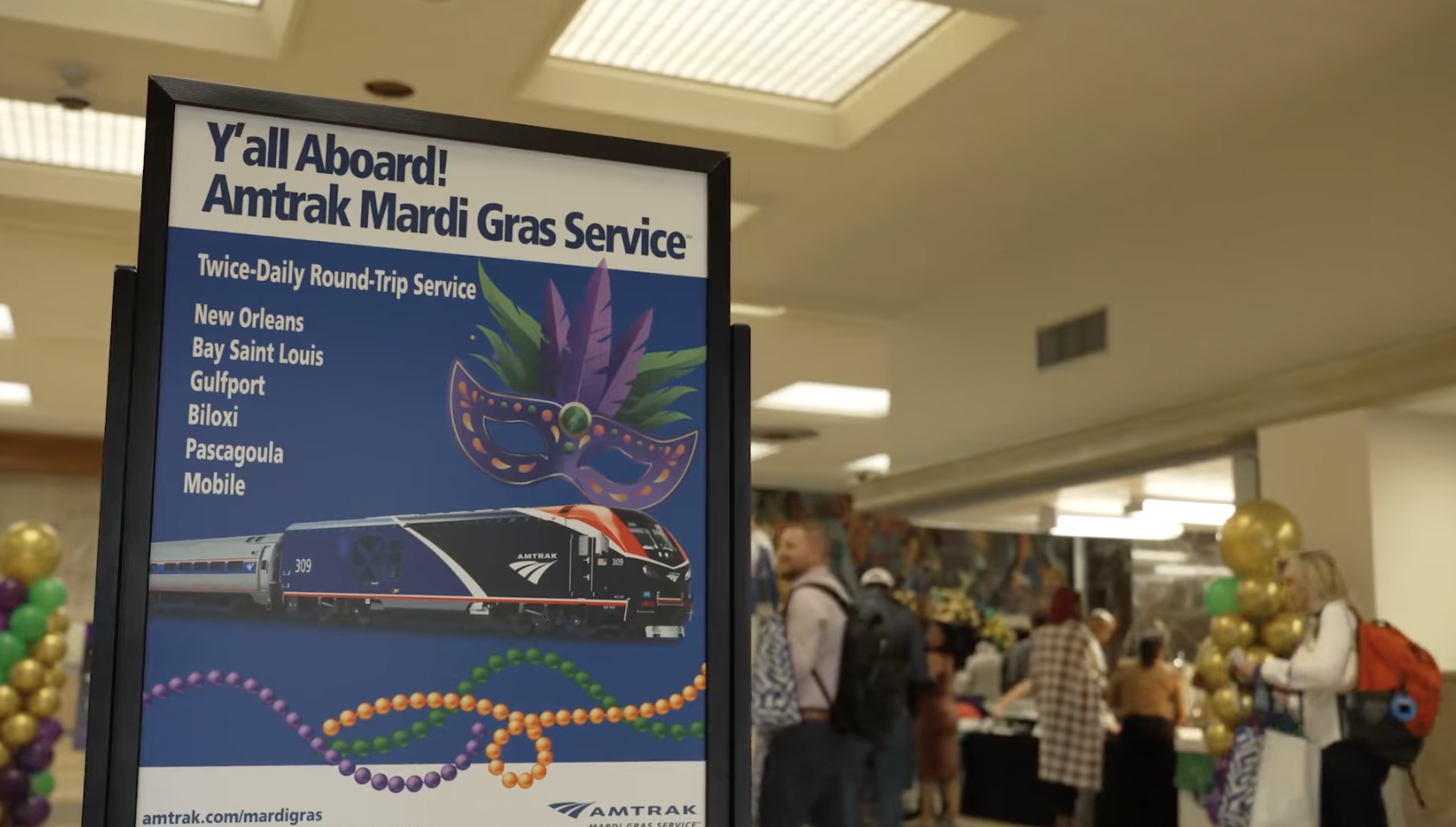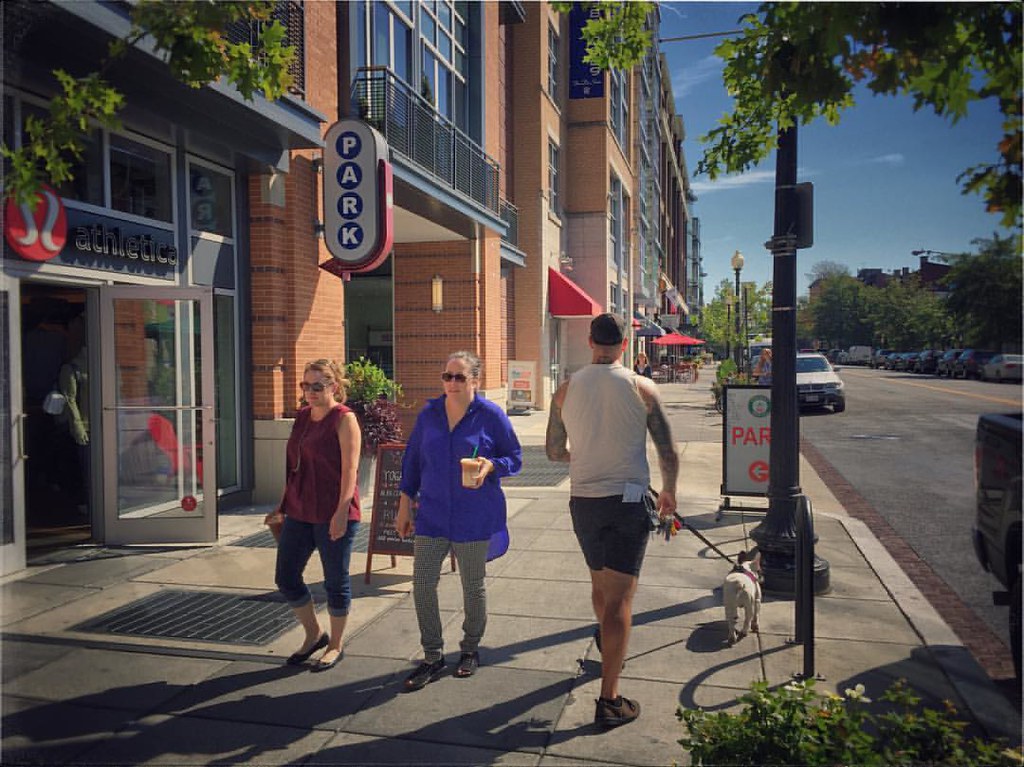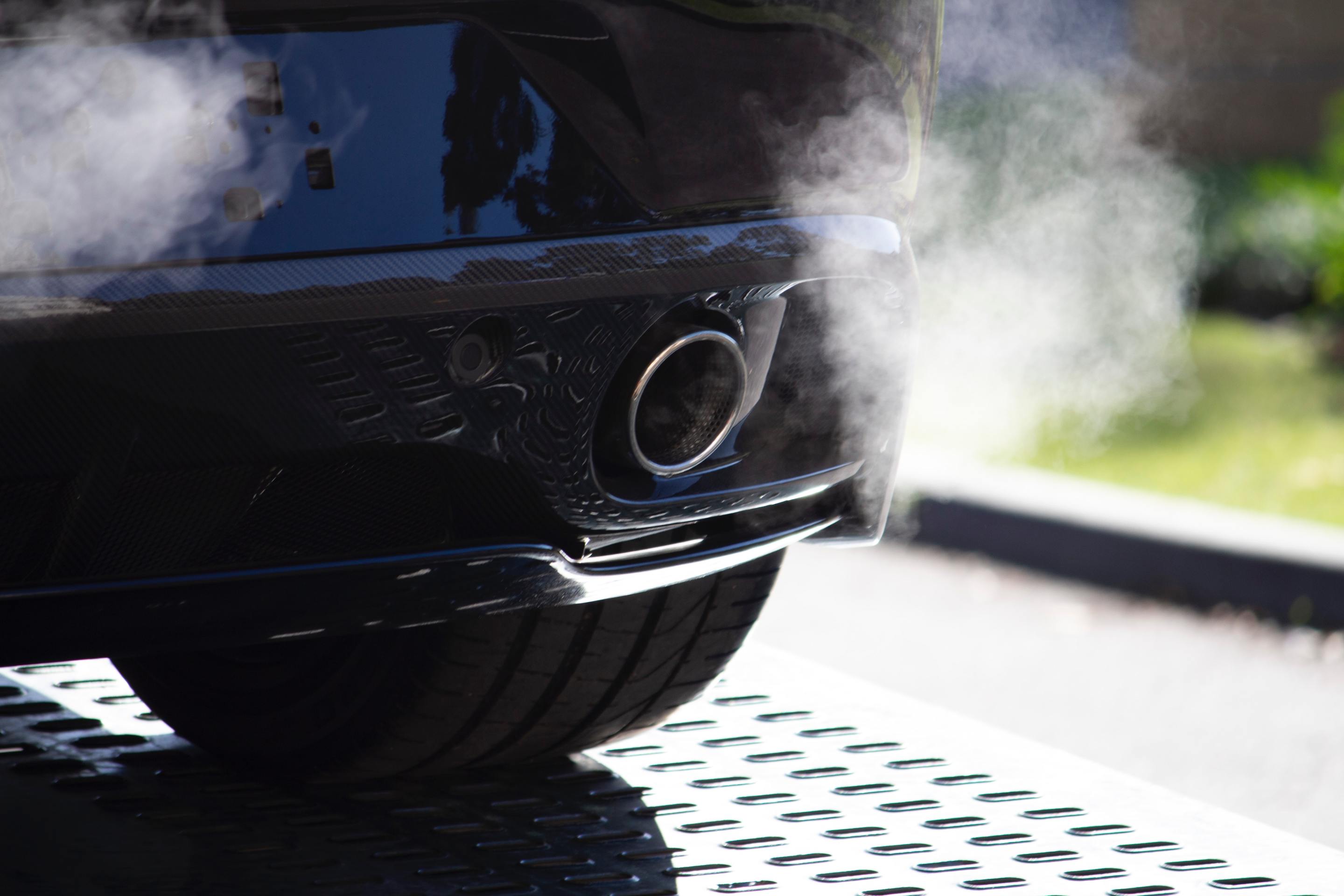A recent Washington Post opinion piece resurrected the tired myth that the vast majority of car crashes are caused by human error rather than systemic failures, and pushed a dangerously unsubstantiated narrative that a lack of good driver's education is the primary driving force behind our national traffic violence epidemic.
In the article, 25-year veteran auto journalist Josh Max urged America to "address the main cause" of the 845,000 people who have been killed on U.S. roads since he started writing about cars, arguing that "better driver training ... can fix bad driving" and help stem the tide of traffic violence.
Max brags of his experience of test-driving more than 1,400 vehicles including reaching 140 miles per hour on racetracks, as well as undergoing training to "steer out of skids, to drive safely over solid sheets of ice, to understand concepts like weight transfer, tire contact patch (the actual amount of rubber that’s touching the road in different situations) and how different driver input — braking, steering and acceleration — affects car handling."
"Every time I take one of these courses, I think, 'The general public should be taught this stuff, too,”" Max concludes.
Even setting aside a glaring error in the headline (and repeated throughout the article) — 926,358 people have died on U.S. highways in 25 years, not 845,000, which is roughly the number of fatal crashes — Max's suggestion that Americans should be trained like NASCAR drivers might rub some street safety advocates the wrong way. And that's because the evidence for the efficacy of autocentric driver's ed is shaky at best, and actively distracting from more impactful solutions at worst — at least when it's put forward as the "main cause" of roadway bloodshed.
Let's be clear here: in theory, great educational programs could make U.S. roads safer, especially if they were reframed as road user training rather than driver's ed alone. Advocates across the country have long pushed for governments to give young travelers the tools they need to navigate their cities safely on foot, bike, transit, or behind the wheel, including empowering young people to make the choice not to drive at all when another mode is easily available; others have pushed for re-testing of drivers at all ages, especially if age or illness has eroded their abilities to safely operate a car.
European countries like the Netherlands, meanwhile, have been praised for tough pre-licensure tests that are "virtually impossible to pass" without supplementary driving lessons, as Holland's Institute for Road Safety research once noted — not least because examiners often flunk drivers who fail to spot subtle signs of pedestrian activity, like a soccer ball lying in the middle of the road that suggest a child might soon come chasing after it.
Even proponents of rigorous driver's ed, though, acknowledge that much of other countries' road safety success is about the other slices of the safe systems pie, including building world-class bike paths, boosting transit, and adding traffic-calming infrastructure. And they also acknowledge the fact that tougher driver's ed tends to delay the age at which teens get their licenses until they're mature enough to handle the responsibility of driving — and this delay on its own is likely saving lives.
Driver's ed programs that promise to make younger teens road-ready, meanwhile, may actually be making roads more dangerous. In a 2011 study of roadway safety programs around the world published in the International Association of Traffic and Safety Sciences, researcher Raymond Peck even concluded that "any effects [of driver's ed programs] are very small and short-lived and offset by the effect of training in accelerating licensure of 16- to 17-year olds," and that he "doubt[s] a conventional driver training program reduces one-year crash rates by more than 5 percent."
That's a far cry from the 5,000 to 10,000 deaths Max estimates we could cut from our death tolls, citing no evidence whatsoever.
To his (partial) credit, Max acknowledges that "bad roads ... and other factors" play a part in America's roadway safety crisis, even as he repeats the wildly misleading stat that "94 percent of car crashes involve some form of [reckless] driver behavior." Because even though he stops short of saying those behaviors are the exclusive cause of 94 percent of crashes, Max still over-emphasizes the role of human failure in our roadway crisis — and thereby downplays the role of systemic failures.
When Max writes, for instance, that "the mind cannot even comprehend an average of more than 30,000 dead per year, for decades, despite all sorts of safety measures," he's not just erasing 10,000+ deaths a year since 2000 by conflating annual crashes with the often multiple lives lost in them; he's massively overstating just how many "safety measures" our transportation leaders have actually deployed.
For decades, American communities have been unacceptably slow to build complete streets, provide comprehensive transit access, or regulate the kind of vehicle design changes that have made the average U.S. car significantly heavier, taller, and more likely to kill a pedestrian for the last 50 years. They've also encouraged or outright required sprawling land use patterns and an accelerating housing crisis that put jobs miles away from affordable homes and makes the thought of a child walking to a neighborhood school laughable in the vast majority of communities.
Those sorts of choices, collectively, have forced U.S. residents to take a private car for 87 percent of their trips, whether or not they want to, can afford to, or could pass some theoretically rigorous road test. An April study by NHTSA found that 19 percent of motor vehicle fatalities involved at least one driver without a valid license at all — in part because in too many U.S. cities, not driving means never going to work, traveling to the grocery store, or participating in the basic functions of society.
Put another way: the U.S. does not have the highest per capita car crash death rate among all high-income countries because we don't teach teenagers how to use their turn signals or adequately re-test grandpa when his memory or vision starts to fail. Our road safety numbers are the disgrace of the industrialized world because more than any other corner of that world, we have made policy choices that functionally require our residents to depend on cars.
So no: I do not agree with Josh Max's assessment that "what’s needed isn’t more laws or fines," particularly on the transportation leaders who have failed to give residents even the most modest of safe and affordable alternatives to driving. I also don't agree when he says, "I don't think anyone thinks we’re going to get to zero" road deaths, despite the fact that cities like Oslo, Helsinki, and Hoboken have set that goal and accomplished it multiple years in a row.
And in a car-dependent country where the average resident spends a full hour of her day behind the wheel, it's not remotely realistic to expect motorists to bring the "same intensity and extreme focus to life at 30 or 55 mph" as Max brings to a 140-mile-per-hour test drive on a closed track — or to expect driver's ed to somehow give them that kind of super-human focus.
And until we start designing roads, vehicles, and laws that acknowledge the fact that we are human and we will make mistakes, people will keep dying.
Editor's note: this media response was written at the request of a reader. Want to suggest a story? Submit a tip here, and consider supporting Streetsblog's work.






